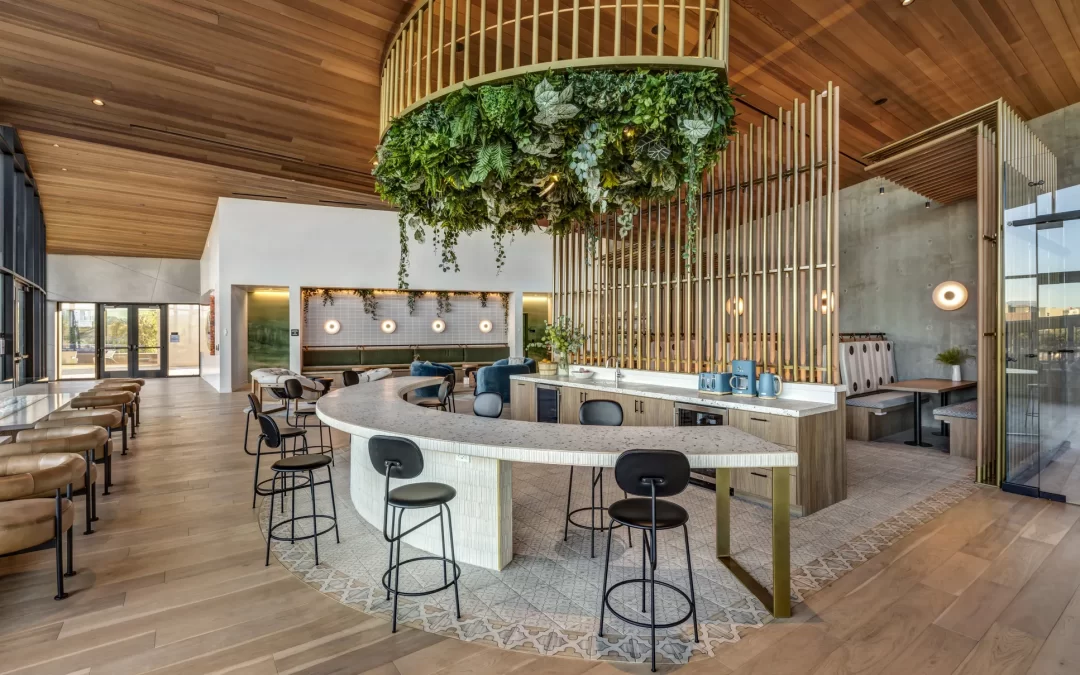What Are Reclaimed Wood Tables?
Reclaimed wood tables are furniture pieces crafted from wood salvaged from old structures, like barns, factories, or even shipping pallets. Instead of cutting down new trees, these tables give new life to wood that’s already been used, making them both eco-friendly and full of character. Each piece tells a story, with its knots, nail holes, and weathered textures adding a unique charm.
These tables aren’t just functional; they’re a statement. Whether you’re furnishing a cozy farmhouse kitchen, a modern office, or a rustic living room, reclaimed wood tables can adapt to almost any setting. They’re perfect for those who value sustainability, craftsmanship, and one-of-a-kind design.
Why Choose Reclaimed Wood Tables?
Sustainability
One of the biggest draws of reclaimed wood tables is their eco-friendliness. By repurposing old wood, you’re reducing the demand for new timber, which helps combat deforestation. It’s a small but impactful way to make your home or workplace more sustainable.
Durability
Reclaimed wood is often stronger than new wood because it’s been seasoned over time. It’s less likely to warp or crack, making it a durable choice for furniture that’s built to last.
Unique Aesthetics
No two reclaimed wood tables are alike. The wood’s history—whether it’s from an old barn, a factory floor, or a wine barrel—gives it a distinct look. Each table has its own texture, color variations, and imperfections that add character and warmth to your space.
Versatility
Reclaimed wood tables can fit into a variety of design styles. Pair them with sleek metal chairs for an industrial vibe, or mix them with soft textiles for a more rustic feel. Their adaptability makes them a favorite among interior designers and homeowners alike.
Where to Use Reclaimed Wood Tables
Living Rooms
A reclaimed wood coffee table can be the centerpiece of your living room, adding a natural, earthy element that balances modern or minimalist decor.
Dining Rooms
Reclaimed wood dining tables create a warm, inviting atmosphere for family meals or dinner parties. They’re especially popular in farmhouse-style kitchens.
Offices
A reclaimed wood desk can bring a sense of calm and creativity to your workspace. Its rugged texture can also add a touch of sophistication to professional environments.
Outdoor Spaces
Reclaimed wood is often treated to withstand the elements, making it a great choice for outdoor tables or picnic benches.
Tips for Incorporating Reclaimed Wood Tables
-
Balance the Look
Reclaimed wood has a lot of character, so balance it with simpler, more streamlined furniture and decor. For example, pair a rustic table with neutral chairs or a minimalist sofa. -
Highlight the Wood’s Story
If your table has unique features like nail holes or grain patterns, let them shine. Avoid covering them up with too many decorative items. -
Mix and Match Styles
Don’t be afraid to mix reclaimed wood with modern or industrial elements. The contrast can create a dynamic, layered look. -
Choose the Right Finish
Consider whether you want a natural, matte finish to show off the wood’s raw beauty or a polished finish for a more refined look. -
Think About Size
Reclaimed wood tables can be heavy and bulky, so make sure you have enough space for them. Measure your room before making a purchase.
Popular Types of Reclaimed Wood
| Type of Wood | Characteristics | Common Uses |
|---|---|---|
| Barn Wood | Weathered, grayish tones, rustic charm | Dining tables, coffee tables |
| Oak | Durable, rich grain patterns | Desks, conference tables |
| Teak | Water-resistant, golden-brown hue | Outdoor furniture, deck tables |
| Pine | Soft, light-colored, easy to work with | Farmhouse-style tables |
| Railroad Ties | Heavy, dark, highly durable | Industrial-style tables |
Caring for Your Reclaimed Wood Table
To keep your reclaiming wood table looking its best, follow these care tips:
- Clean Regularly Use a soft cloth and mild soap to wipe down the surface. Avoid harsh chemicals that can strip the wood’s natural oils.
- Protect the Surface Use coasters and placemats to prevent spills and scratches.
- Reapply Finish Over time, the finish may wear off. Reapply a protective sealant or oil to keep the wood looking fresh.
- Avoid Direct Sunlight Prolonged exposure to sunlight can fade the wood’s color.
The Environmental Impact of Reclaimed Wood
Choosing a reclaiming wood table isn’t just a design decision—it’s an environmental one. Here’s why:
- Reduces Waste Reclaimed wood keeps old wood out of landfills.
- Saves Trees By repurposing wood, you’re reducing the need for logging.
- Lowers Carbon Footprint Processing reclaimed wood requires less energy than producing new wood.
Cost Considerations
Reclaimed wood tables can vary widely in price, depending on the type of wood, the craftsmanship, and the table’s size. While they may cost more than mass-produced tables, their durability and unique beauty make them a worthwhile investment. Plus, they often increase in value over time, especially if they’re handcrafted by skilled artisans.
Final Thoughts
Reclaimed wood tables are more than just furniture—they’re a celebration of history, sustainability, and craftsmanship. Whether you’re drawn to their eco-friendly appeal or their unique aesthetics, these tables are a perfect way to add character and warmth to your space.
So, the next time you’re shopping for a new table, consider going the reclaimed route. You’ll not only be investing in a piece of furniture but also in a story that’s as rich and unique as the wood itself.



